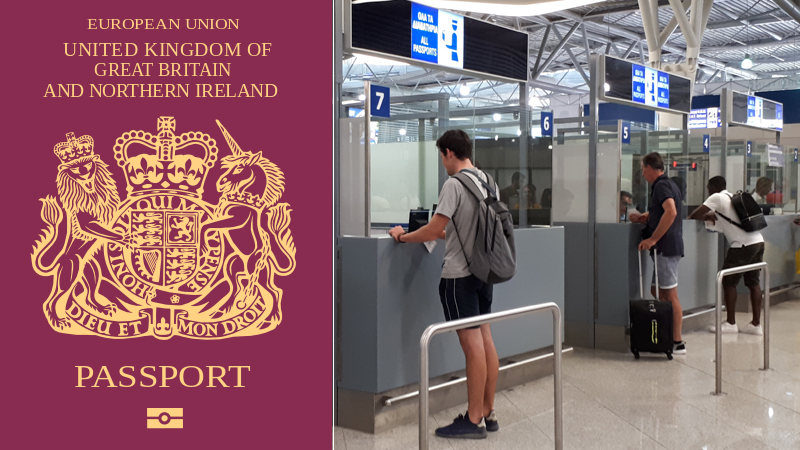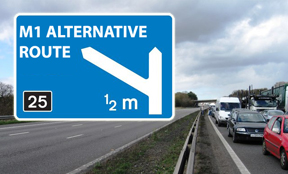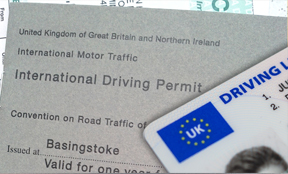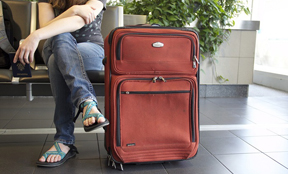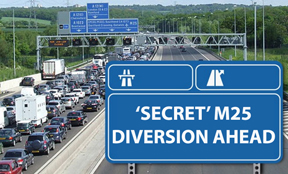
Are you risking a £2,500 fine by driving while wearing illegal and dangerous sunglasses? Here motoring journalist and expert Pete Barden explains how to check the legality of your sunglasses using the official category chart. Also explained is why it matters and how driving in the wrong type of sunglasses can cause safety issues for drivers and other road users.
 Swapping sunglasses from the beach or ski
slopes to driving on the UK’s streets is not as straightforward as it seems, with many, in fact, illegal
to use when in control of a vehicle.
Swapping sunglasses from the beach or ski
slopes to driving on the UK’s streets is not as straightforward as it seems, with many, in fact, illegal
to use when in control of a vehicle.
Sunglasses that were perfect for your holiday could be putting you at serious risk of causing an accident — and breaking the law.
Here’s a quick guide to picking the right sunglasses to keep you safe and legal on the UK’s roads.
-
TABLE OF CONTENTS
-
How could sunglasses be dangerous and illegal for driving?
-
What makes sunglasses illegal and unsafe for driving?
-
How do I know if mine are okay for driving?
-
Categories for sunglasses and what they mean?
-
What are Cat 4 sunglasses?
-
What category of sunglasses is best for driving?
-
Where can I find the category rating on sunglasses?
-
Are variable tint sunglasses legal?
How could my sunglasses be dangerous and illegal for driving in?
Most of us are unaware of the fact that certain sunglasses are not legal on the UK’s roads. Here we explain why this is the case and how you can check yours.
What makes sunglasses illegal and unsafe for driving?
Sunglasses use tinted lenses, which cuts the amount of light reaching your eyes.
In many cases, this can improve vision and reduce glare, but if the tint is too dark, your vision will worsen and leave you open to injury and prosecution.
How do I know if mine are legal for driving?
Fixed-tint sunglasses sold in the UK must come with a filter category number — this will rate the lenses from 0-4. It’s this rating that will decide if the glasses are safe and legal to use while driving.
What are categories for sunglasses and what do they mean?
Here are the categories that should be on your sunglasses - and what they mean for your ability to wear them while driving.
| Filter code | Light transmission | Driving |
|---|---|---|
| 0 | 80-100% | No restriction |
| 1 | 43-80% | Not for night driving |
| 2 | 18-43% | Not for night driving |
| 3 | 8-18% | Not for night driving |
| 4 | 3-5% | Not for driving |
Category 0 are virtually clear and can be used for driving at all times. However, Category 4 glasses filter out huge amounts of light and must not be used for driving at any time of day or night.
Categories 1, 2, and 3 are all okay for use during daylight hours, but could land you in trouble if used during hours of poor light.
See above for a quick explanation of what the code on your sunglasses means and if they’re okay for day or night driving.
Why would I have Cat 4 sunglasses?
The Category 4 glasses are typically sold for use on the slopes, so if you’ve been skiing, or just like the Alpine cool look, you could be looking at a big fine for wearing shades that are too powerful for safe driving.
What category of sunglasses is best for wearing when driving?
Category 2 lenses, which allow between 18% and 43% of light to be transmitted to the retina, are typically recommended for daytime driving.
Where can I find the category rating on sunglasses?
The filter category code can be written inside the sunglasses, on the box, packaging or certificates that accompany the eyewear.
What about variable tint sunglasses?
These change the level of tint when exposed to UV light and then return to their clear state when the UV levels drop. The problem is, car windscreens filter UV light, which means the glasses won’t react as expected and could make them too dark or too light for driving.
Speak to your optician about special photochromic lenses which adapt to varying light conditions when you’re behind the wheel.
Don’t forget your licence 01 code if you need glasses
If you need to wear glasses for driving — indicated by a 01 code under section 12 on your driving licence — then you must also get sunglasses that adhere to your prescription and not just off-the-shelf glasses.
Most read motoring content
Take a look at more of our top motoring-related content here...
-
How much did my car tax go up in April 2023?
-
My driving licence has expired - can I keep driving while I wait for a new one?
-
Do I need an international driving permit for France and Spain
-
Are car washes still open during the hose pipe bans?
-
Will I get a speeding ticket after being flashed
-
Will I get a speed awareness course instead of points?
-
How to spot a fake undercover police car
-
Can I drive in sliders in the UK - with or without socks
-
Can I vape in a car with kids in it?
-
How old are my tyres - find out instantly here
-
Do I need an electric car licence and driving test in the UK?
-
What happens to a car when the owner dies?
-
How can I find out who owns a car
-
Can I book cancelled driving tests to beat the rush?
-
How far and how fast can I drive on a space saver spare wheel
-
Can I be fined if the car park ticket machine is not working?
-
Is the M6 Toll Road free in the evening and at weekends?
-
How much is the Tamar Bridge toll and when do I need to pay it?
-
How can I find out who owns a car
-
What are the black dots on my windscreen for?
-
Will I get a 6-month MOT extension because of the new Omicron variant this Christmas?
-
Electric car charging points at UK airports for public use - 2023
-
Are electric scooters a good Christmas present - find out the driving rules here
-
Secret parking offences you're committing revealed
-
Do I need to tell the DVLA about having Covid-19?
Get our latest motoring and travel updates here
Author: Pete Barden:
Twitter: @pete_barden
Pete Barden is a qualified journalist who has written and produced for publications including The Sun (thesun.co.uk), New Statesman Media Group, Whatcar? (Whatcar.com) Stuff Magazine (Stuff.tv), Fastcar Magazine (Fastcar.co.uk), Maxim Magazine and UK broadcast stations within the Heart network (Formerly GCAP). Pete specialises in motoring and travel content, along with news and production roles. You can find out more about Pete Barden on LinkedIn.






